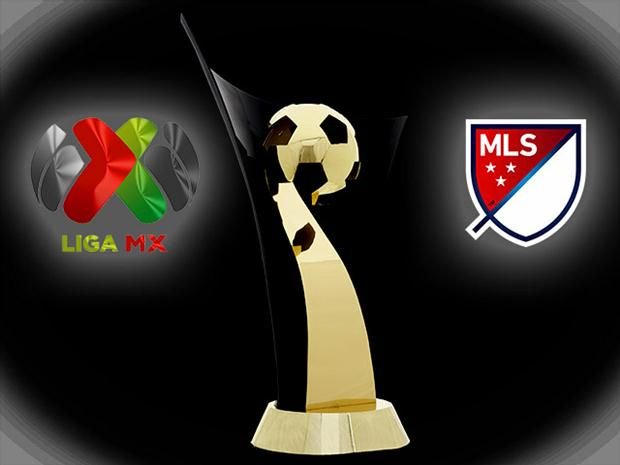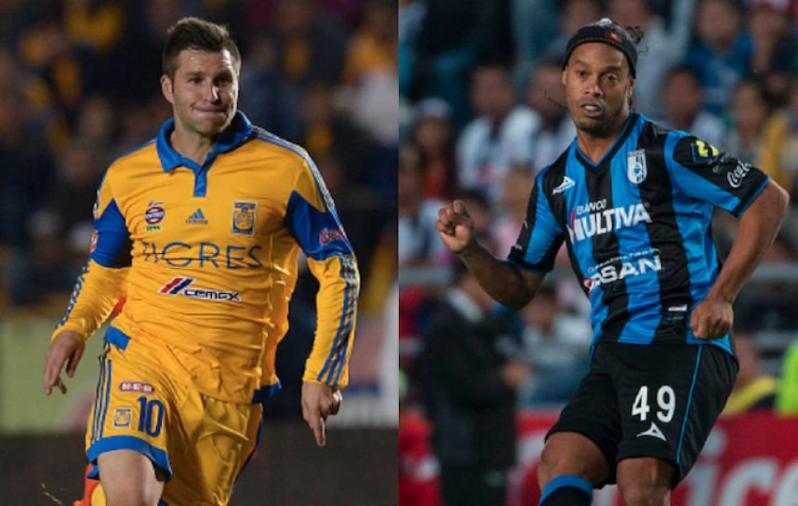And so the MLS vs Liga MX debate sparks up again. Just about everything concerning soccer in the USA is being questioned since the USMNT got eliminated from the 2018 World Cup. The critiques involve everything from the USMNT team to more administrative issues like who should manage the national side after last week’s catastrophe and why. As would be expected, also the MLS is now being targeted for criticism.
As is normally the case when things go wrong, people are turning to wherever things are working out better to make comparisons and try to find out why things have gone wrong domestically.
Liga MX is by far the closest competitor to MLS and therefore, it is now the measure against which the MLS is being stacked up.
CONCACAF Champions League offers a good stage for comparisons to be made between the two tournaments. So let’s take a quick look at the stats:
Out of the last nine CONCACAF Champions League finals, seven have featured two Mexican squads. Moreover, Mexican teams have now won the CCL for twelve consecutive years.

The CONCACAF Champions League is the main stage for the MLS vs Liga MX clash @GurusDeportivos | Twitter
So what is holding MLS back from catching up with its southern rival? A few things come to mind:
For instance, there is a considerable salary cap that renders MLS teams incapable of attracting as many talented players as Liga MX does. In recent years, both the MLS and Liga MX have attracted top international players (although not in their prime) such as Ronaldinho, Andrea Pirlo, Steven Gerard, and André-Pierre Gignac.

André Pierre Gignac and Ronaldinho playing in Liga MX Photo: @PublimetroMX | Twitter
The problem is that while MLS attracts a handful of (old) prestigious players, Liga MX succeeds in bringing in talented younger players in bulk, particularly from South America.
Having foreign players play in the MLS is beneficial as long as they are quality players that will make the local players facing them better. Also, attracting good but way too old players may not be as good an idea as to bring in younger talents that can later migrate to Europe.
This would mean selling young players at higher prices and therefore would represent a financial advantage for local squads. This is what teams like Pachuca (Hirving Lozano) and Club América (Raúl Jiménez, Diego Reyes, Miguel Layún, Guillermo Ochoa), and Chivas (Marco Fabián and Carlos Salcedo) have done in recent years.

Raúl Jiménez plays for Portugal's Benfica @rafapuente_espn | Twitter
Another important aspect to keep in mind is the way in which young talent is being fostered. The development of young talented players in Liga MX, especially by teams like Pachuca, has been fundamental not only in the improvement of Liga MX but also in contributing to the international projection of Mexican rising stars like Hirving “Chucky” Lozano.
In recent years, Pachuca alone gave birth to Lozano, Rodolfo Pizarro, and Jürgen Damm, three of the most promising players that could very well define what the new generation of Mexico’s international players will look like.

Hirving Lozano was recently transferred to PSV @e_deportivo | Twitter
There is no doubt the MLS is doing its homework concerning young player development. FC Dallas and Real Salt Lake are good examples of this. However, we are only beginning to see the results of this and we will likely have to wait some time until these players mature.
That being said, the MLS and soccer academies in the USA in general could learn something valuable from Pachuca, a team that has the country’s sole Universidad del Futbol y Ciencias del Deporte (University of Soccer and Sports Sciences). The institution comprises everything from elementary school to college level majors like journalism, nutrition and physiotherapy; all linked to sports in general and soccer in particular.
People widely agree the MLS should also change:
1) Relegation and promotion: having promotion and relegation would allow more for stronger competition.
2) The Season format and calendar: having a calendar suited to FIFA, like most countries in Latin America, would mean easier movement of players in the transfer window.
3) The playoffs: MLS’s playoff model is similar to that of the NFL, the MLB and the NBA. This means a Western Conference vs Eastern Conference set-up that allows pretty mediocre teams to make it into the playoff rounds. Having the top eight teams play the quarterfinals instead, like Liga MX does, allows only the best to contend for the title (and some even think 8 are too many). For a more in depth look into this topic, click here.
So there you go, those are a few things the MLS could learn from Liga MX in order to make the league stronger and help develop young American players to strengthen the USMNT as we head onto the (wait for it) 2022 Qatar World Cup.

 Home
Home


